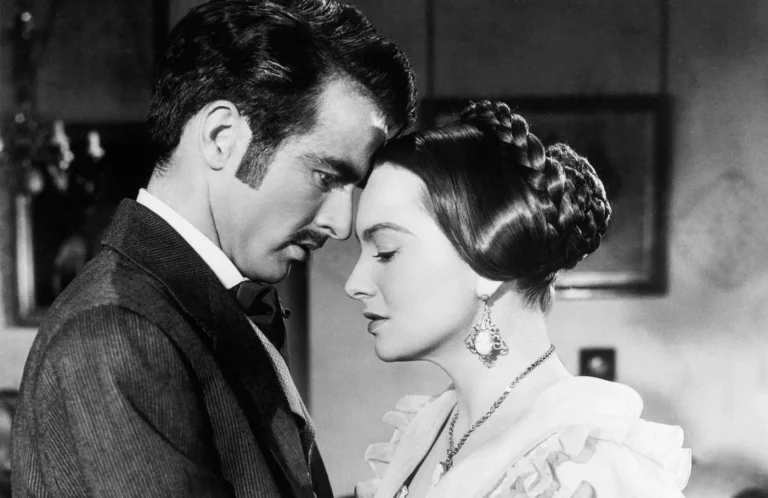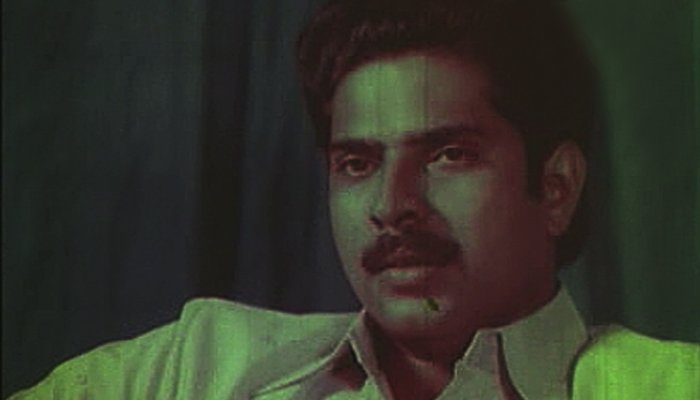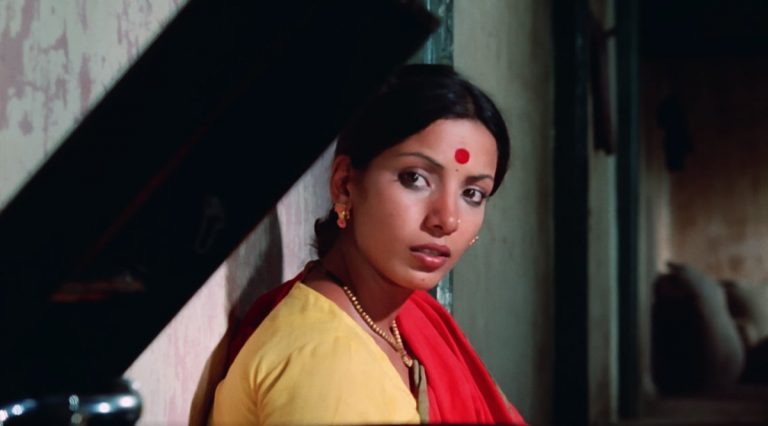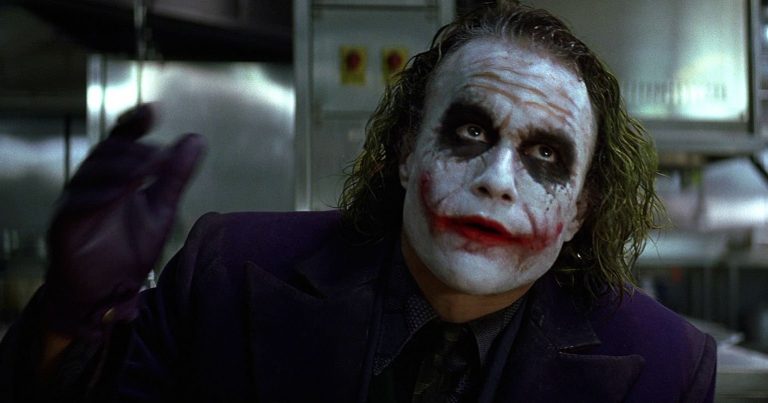“Anatomy of a Fall” (2023) departs from the conventional courtroom drama, which typically hinges on a clear-cut battle between truth and fiction. Instead, Anatomy of a Fall delves into the complexities of moral ambiguity, highlighting the inherent limitations of our ability to comprehend reality fully and its potential consequences. At the heart of this exploration is the character of the child, whose testimony holds the power to decide his mother’s fate as she stands accused of murdering her husband.
By analyzing the film through a psychoanalytic lens, I reveal how the legal system itself becomes a battleground, where the attempt to stitch together fragmented truths into a cohesive narrative exposes the system’s inherent flaws. The film underscores the elusive nature of objective reality, illustrating the challenges the law faces in its pursuit of certainty.
In the Oscar-winning film “Anatomy of the Fall” (2023), a woman stands in the stark glare of the courtroom, wrestling with the unthinkable: her husband’s suicide and her own entanglement in its aftermath as the accused. She must come to terms with a narrative that both defends her and bears the weight of truth—her husband did, indeed, take his own life. Or so we gather from the film. Yet, this grudging acceptance of her loss propels her toward perilous revelations, where the delicate, intricate threads of their relationship threaten to unravel in the unforgiving glare of the courtroom.
As an accused in the murder case of her husband, the layers of their shared history as a couple, once intimate and tangled, risk being exposed and scrutinized in a way that challenges the conventional sympathy typically extended to those overwhelmed by such profound loss. Her position as an outsider—an atypical figure in this rural French landscape, speaking French in fractured fragments—further complicates her plight. Her foreignness, both in language and presence, adds a layer of vulnerability and estrangement, making her struggle against the backdrop of a community that views her with a mixture of curiosity and detachment.
The film refuses to paint the husband in simple strokes of victimhood. Instead, it delves into the depths of his character, revealing a man burdened by responsibilities that allowed him to sidestep the yawning void within his life. Instead, it paints him as a man burdened by responsibilities that served as a convenient shield, allowing him to skirt the yawning emptiness within in the absence of a career and a social life.
This internal struggle comes to the forefront during the intense confrontation between husband and wife. Here, his restless spirit is laid bare, revealing a man unsettled by his own fragmented life, whether in the bustling environment of London or the quietude of rural France. Each project he undertakes—meant to provide a sense of purpose—only underscores his futility. These efforts become symbolic gestures, mere distractions from the reality that his life is slipping further from his grasp.
Desperate to fill the void, he immerses himself in a series of projects: homeschooling their son, renovating the loft, and trying to finish writing a book. Yet each endeavor becomes another futile attempt to grasp at purpose, to anchor himself in a life that seems to slip further from his control. Succumbing to the illusion that our existence must be a relentless pursuit of our optimal selves, he becomes overwhelmed by the crushing realization that time and opportunity are slipping through his fingers, leaving him adrift in a sea of unmet expectations and unfulfilled desires.
His inner turmoil reaches a climax during the tense confrontation with his wife, where she pierces through the surface of his grievances, revealing the fragile equilibrium he has struggled to uphold. She accuses him of clinging to the illusion that existence must be a relentless quest for self-optimization, yet this belief only magnifies his sense of inadequacy. In this relentless pursuit of an ideal self, he finds himself increasingly lost, unable to anchor his life amidst the swirling tides of his own discontent. His relentless drive for perfection compels him to abandon his work at the first sign of imperfection, ensnaring him in a cycle of self-sabotage.
In the courtroom, the confrontation between husband and wife is replayed with chilling precision through audio evidence, turning their private strife into a public spectacle. The recording exposes a raw and unsettling moment: she forces him to face the hidden pleasure he derives from his own self-imposed suffering. This suffering, he has crafted as a form of penance for his absence during their son’s devastating loss of eyesight. She confronts him with the uncomfortable truth that his twisted satisfaction lies in clinging to an unattainable standard of perfection—both in his writing and in his role as a father. This pursuit of an ideal has become his way of masking his inadequacies. This relentless chase has not only thwarted his creative aspirations but has also deepened his resentment toward his own role as a caregiver.
The contrast between his self-image as the primary householder and his wife’s perception of his role is striking. To him, tending to the home represents a solemn duty and a measure of his dedication to the marriage. Yet, through her eyes, his domesticity is not a badge of honor but a retreat from the vibrant social life he once embraced—a retreat that she interprets as a surrender, a defeat in the battle for personal fulfillment and societal engagement. He views her unfairly, as less accomplished, and as their child’s disfavoured, absentee parent and accuses her of appropriating his ideas during their arguments. This public airing of his internal struggles and the bitter resentment he harbors only adds to the gravity of the trial, exposing the deep rifts within their marriage.
The Non-Neutrality of a Testimony
In “Anatomy of a Fall,” the father or husband’s death is more than a mere plot point; it is a profound event (Badiou 2014) that shakes the very foundations of the narrative. It acts as a catalyst, ushering in a seismic shift that disrupts the previously established order of the characters’ lives. Before his death, the father occupies a central, almost immutable place within the family’s world. Though possibly taken for granted, his presence provides a semblance of stability and continuity.
However, his sudden death introduces a jarring discontinuity that forces the characters to confront the fragility of their former certainties. This rupture is not just an end but a profound reordering of their reality – especially with a murder case accusing the mother. This confrontation with absence is more than an emotional trial; it reveals the limitations of their previous existence and forces them to engage with new, often unsettling truths.
The characters are thrust into a landscape redefined by this loss of what might have triggered it and who is responsible for it. They must navigate through the remnants of their old lives while seeking to understand and redefine their identities in the wake of his absence. The event of the father’s death is not merely a narrative device but a profound moment of transformation, a force that compels them to face the unknown and to reimagine their world in ways they had not anticipated. The only child, cast adrift in a sea of profound uncertainty, yearns for the steady hand of a master figure, a parental authority to offer clear directives in a world turned upside down.
But tragically, he is left bereft of such a guide. His father has perished under mysterious circumstances, his mother stands accused of murder, and his own eyesight has been lost, transforming his vision into a paradoxical island of clarity amidst the chaos. Caught between the longing for guidance and the postmodern imperative to master his own destiny, he is thrust into the harsh reality of performing happiness—both for himself and the benefit of those around him.
In this state of uncertainty and turmoil, it is a profoundly human response to yearn for the guidance of a master figure, a parental authority who could offer clear instructions and serve as a beacon amidst the storm of doubt and fear. The child’s burden is heavy, mourning a father he can no longer see, while the truth of his death shifts and warps under the relentless scrutiny of investigations, which paradoxically makes his testimony central to the determinacy of truth. The emotional storm within him leaves him isolated, with no stable figure to anchor him through the turbulent waters.
The court-appointed guardian, assigned to steer him through the labyrinth of the legal process, offers a semblance of support yet cannot fill the gaping void left by his father’s absence. This guardian, though a figure of authority and legal guidance, remains a distant presence, unable to share in the boy’s grief and confusion. Their relationship begins with the cold acknowledgment that “one cannot befriend the law.” With its morality cloaked in the guise of neutrality, the law is bound by its own rules to forsake any subjective perspective—a luxury the child cannot afford in his struggle to navigate the murky waters of truth and loyalty.
The law’s impartiality is a noble lie, a necessary illusion that upholds the ideological facade of justice in a society governed by rules. For the court to maintain this veneer of neutrality, the child must not only display the limited scope of his knowledge but also distance himself from the natural partiality he feels towards his mother, the only parent he has left. In the courtroom, he is compelled to strip away these personal biases and present his version of events as an objective reality, a testimony that stands as both shield and sword in a trial that demands more than a child should ever be asked to give.
The Partiality of Knowledge
Unlike the typical courtroom drama, exemplified by “12 Angry Men,” where the “narrativization of truth” unfolds within a rigid legal framework, this story takes a different trajectory. In such dramas, the conflict usually centers around the struggle between an embellished or subjective version of truth and the attempt to align it with the moral imperatives of the law. The legal setting often frames truth within a binary opposition—truth versus law—where the drama lies in reconciling these two elements within the structured constraints of legal reasoning.
In contrast, “Anatomy of a Fall” diverges from this traditional framework by exploring the characters’ intricate ethical dilemmas. Instead of focusing on the tension between truth and law, the narrative immerses itself in the complex moral quandaries and interpersonal conflicts that arise, moving beyond the simplistic binary of legal versus moral truth. The philosophical approach taken here differs significantly from the Kantian interpretation of truth (Everitt, 2023). According to Kant, truth is seen as a fixed entity located at a specific point in the past. In this view, our challenge is merely to uncover or discover this pre-existing truth. The assumption is that truth is static and independent of our observations or interpretations.
However, the story aligns more closely with a Hegelian perspective, which offers a more dynamic and process-oriented understanding of truth. In this view, truth is not a static entity that exists independently of us but is ontologically indeterminate—its nature remains undefined until it is actively determined through our engagement and interpretation.
According to Hegelian thought, truth does not exist in a predetermined form before we observe or interpret it; rather, its nature is shaped and defined by the process of observation and understanding. This approach emphasizes that truth is not merely waiting to be discovered but is actively constituted through our interaction with it. Thus, the story’s focus on ethical dilemmas reflects a more fluid and evolving conception of truth, where the characters’ experiences and decisions continuously shape the meaning.
In this narrative, the courtroom transforms from a mere arena of legal adjudication into a space for profound ethical inquiry. The child, entangled in a tangled web of conflicting loyalties and truths, faces the harrowing task of testifying in a way that upholds a higher moral law—even when it demands the sacrifice of personal desires or severing familial bonds. His journey through this ethical quagmire underscores the notion that proper moral action is not a simple adherence to clear-cut rules but rather a complex navigation through ambiguity, where impossible choices must be made and deeper values are tested and revealed.
This departure from the traditional courtroom drama highlights that ethics transcends straightforward compliance with external mandates or fulfilling internal desires. It delves into the profound uncertainties of human existence, where every decision is fraught with conflict and imbued with moral significance. The child’s predicament, with all its tangled threads of duty, loyalty, and love, exemplifies how ethical behavior is not born of easy choices but is instead forged in the crucible of the impossible, challenging both legal norms and personal inclinations to unearth a richer, more nuanced understanding of justice and morality.
Ethics transcends the simplistic notion of acting purely according to one’s own will—whether it be remaining true to oneself, one’s mother, or the subjective feelings and memories of a particular day. Instead, ethics confronts the individual with the necessity of making impossible decisions, where neither external mandates nor personal authenticity offer clear guidance. Morality is unearthed in the very process of navigating these impossible choices.
In “Anatomy of the Fall,” the child is trapped in such an ethical dilemma: whether to testify in favor of his mother, thereby potentially betraying his deceased father, who she may have murdered. He is torn, yearning to distance himself from his mother yet seeking the guidance of his court-appointed guardian to help him make a decision. Ultimately, he is condemned to testify in court, where his words could risk wronging either his mother or his father. In this crucible, ethics demands that he confront the profound uncertainty inherent in his choices, which offer no redeeming solution. In fact, the absence of a self-evidential truth or a self-serving narrative of convenient fiction reveals itself as an abyssal horror, stripping away any illusion of simple moral clarity and exposing the core of our moral selves, laid bare by the weight of such impossible decisions.
Decisions that Determine the Partial Truth
The child’s recognition of the deadlock between law and morality stems from his refusal to ignore the profound weight of his testimony. He confronts the inherent impossibility of attaining complete knowledge or acting on an infallible understanding of the situation. This awareness forces him into a space where he must grapple with the inherent limitations of ethical decision-making. In “Anatomy of a Fall,” the child’s attempt to reconstruct the events surrounding his father’s death—without intending to betray his memory—exemplifies this idea.
The child’s recollections become muddled as he tries to piece together the day’s events. When Daniel hears his mother recounts the suicide attempt in court, he revisits his own memories. He theorizes that the family dog must have consumed some of his father’s vomit, which contained aspirin, leading to the dog’s illness. To verify his hypothesis, he gives the dog aspirin, and when it falls sick in the same manner, Daniel concludes that his mother’s account of the suicide attempt is accurate.
This process reflects Zizek’s assertion that by re-enacting and examining the narrative of his father’s death, the child inadvertently reveals the constructed and fictional aspects of his understanding of reality. The child’s struggle to discern the truth underscores how our perceptions are often shaped by the narratives we construct, revealing the deeper, often obscured truths about our social reality. I argue that Slavoj Zizek’s idea that “fiction is more real than the social reality of playing roles” offers a profound lens for understanding this dynamic. Zizek contends that the roles we adopt in social interactions frequently obscure deeper truths. At the same time, fiction uncovers the illusory aspects of our daily lives by laying bare its own constructed nature.
In this context, the film vividly reimagines and reconstructs the fateful day through a fictional lens – reanimating the fall – delving into the elusive truth of the father’s death while simultaneously confronting the limits of what is known, pointing at the metaphorical fall into life (Zizek 2019), which underscores the difficulty of making moral choices is inherently tied to the limitation of knowledge. Enmeshed in this intricate narrative, the child is compelled to face the truth from a vantage point of fundamental uncertainty. He navigates the fraught space where the boundaries between reality and fiction blur, each step revealing the complexities and ambiguities inherent in understanding the true nature of events.
By questioning the premise that truth can be wholly available or definitively known, the child exposes the limitations of the legal system’s claim to objectivity. His experience reveals that the pursuit of truth within a courtroom is constrained by its inherent biases and the constraints of its own procedural framework. This recognition prompts a reevaluation of the assumptions underlying the legal pursuit of truth and justice, emphasizing that ethical decisions often arise from navigating uncertainty rather than from accessing a clear and complete truth. The child’s journey thus lays bare the tension between the quest for objective knowledge and the complex, often ambiguous reality of human experience and moral decision-making.
The child’s journey in “Anatomy of a Fall” reveals the inherent conflict between the law’s ambition to suppress perspectivism and the inevitable influence of subjective perspectives on legal proceedings. Despite the legal system’s efforts to uphold objectivity, the process of a criminal trial is invariably shaped by a constitutive gaze. This implicit viewpoint informs how evidence is interpreted and how judgments are made. This gaze becomes particularly evident in the interplay between subjective and objective truths as the court attempts to balance individual testimonies with factual evidence.
In the courtroom, this interplay exposes the inherent biases and limitations that shape legal judgments. The trial’s attempt to forge a coherent narrative from disparate pieces of evidence reveals that the quest for absolute certainty is often an illusion. The child’s experience highlights the complex relationship between the pursuit of truth and the impossibility of achieving complete certainty. His struggle underscores that the judicial system, despite its procedural safeguards, is deeply influenced by the subjective interpretations and inherent uncertainties that define human experience.
As illustrated by the child’s journey, true ethical behavior emerges from navigating these moments of profound ambiguity and impossible choices. This process challenges the simplistic notion that ethics can be derived from rigid adherence to external mandates or self-serving inclinations (Zupančič 1995). Instead, it demands a confrontation with the moral complexities and uncertainties that define human relationships and decision-making.
“Anatomy of a Fall” transforms the courtroom into a crucible of ethical decision-making, portraying the profound struggle to discern and act upon what is morally right amidst a sea of uncertainties. It diverges from conventional courtroom narratives by emphasizing that ethics transcends mere compliance with legal standards or personal desires. The child’s predicament reveals that ethical conduct emerges not from clear-cut directives but from the intricate process of grappling with moral ambiguity and the inherent limitations of truth.
This portrayal underscores that ethics involves navigating the complexities of human experience, where the inherent lack of access to absolute truth shapes decisions. The film’s departure from traditional narratives highlights that proper ethical action arises from the tension between legal norms and personal inclinations, ultimately unveiling a more nuanced conception of justice and morality. The child’s journey thus reflects the profound challenge of making ethical decisions in the face of non-knowledge of uncertainty, emphasizing the need to confront and embrace the inherent complexities of moral existence. This realization of the absence of an external point of reference of an inaccessible truth signifies our immersion in a world we cannot fully perceive or comprehend.
He must testify in the court of law while inhabiting a space of absolute ignorance, where the knowledge gap is not merely a personal recognition of ignorance but a structural feature of reality itself (Zizek 2014: 229). This “non-knowing” is not just about the subject’s awareness of its own ignorance but about the very nature of existence, which is defined by an intrinsic lack or void. Thus, the child faces a moral quandary that transcends the simple act of choosing between two competing narratives of truth.
In taking the risk to stand by what he perceives as the truth—believing in his father’s suicide based on his memory of his father’s repressed expression of a desire to end his life—the child realizes that morality is not found in certainty but in the struggle of not knowing how to act in a complex situation. This struggle even includes the risk of not knowing the truth and confronting the impossibility of ever fully accessing the truth as it is.
This process reflects the precarious nature of our ethical positions and choices, forcing us to make radically free, subjective decisions. In embracing this freedom, the child decisively asserts his subjectivity by rupturing the courtroom with a second testimony that exposes the deadlock within the societal framework, where the conflicting demands of familial and civic responsibilities coexist.
Confronted with a situation where the truth is elusive and certainty is unattainable, he must grapple with the inherently impossible nature of his choices. His decision to support his father’s memory, based on his recollections of his father’s concealed despair, reveals that morality is not rooted in clear-cut truths but in the struggle to act amidst complexity and ambiguity. The risk of not knowing the whole truth and the challenge of reconciling conflicting responsibilities underscores the precarious nature of ethical positions. The child’s response to the prosecuting lawyer’s probing question—whether his father’s overdose might have been a result of his mother’s attempt to poison him—highlights the tension between legal speculation and personal belief.
“Did you ever wonder if the overdose your father supposedly took might’ve resulted not from a suicide attempt but from your mother trying to poison him? Given these speculations, why choose one over the other?”—he responds, “I don’t see why she would’ve done it. When we lack proof to definitively understand what happened, we must search further, as the trial is doing. But when we have looked everywhere and still can’t grasp the truth, we must ask why it happened.”
He articulates that, when faced with an impasse where the truth remains out of reach, one must interrogate the reasons behind the events rather than merely selecting between competing theories. In “Anatomy of a Fall,” the child’s transformation from an ordinary individual into a figure of exceptional autonomy illustrates Zupančič’s (2023) notion of ethical evolution.
Unlike conventional theories that mold individuals into conformity under the law’s authority, often leading to subjugation, the child’s journey reflects an emergence of autonomy that challenges these constraints. His experience reveals how the dysfunctions within the socio-juridical system propel him towards a form of independence that transcends normative directives. This upheaval disrupts his previous adherence to societal norms, casting him into a realm of abyssal freedom where the certainties of traditional legal and moral frameworks are no longer applicable.
This transformation underscores the notion that true ethical behavior emerges not from adherence to rigid rules but from navigating the complex and often contradictory demands of human existence. The child’s struggle and eventual assertion of his subjectivity in the courtroom highlight the profound human endeavor to discern and act upon what is morally right amidst a sea of uncertainties. This process exposes the limitations and biases inherent in the legal system, revealing a more tangled conception of justice and morality that challenges the simplistic dichotomy between legal injunctions and moral beliefs, truth and falsity, reality and fiction.
More Related to Consequences of Anatomy of a Fall: Lost in Translation: How “Anatomy of a Fall” Captures the Difficulty of Representing Reality
References:
-
Zupančič, Alenka. Ethics of the Real: Kant, Lacan. Verso, 2000.
-
Zupančič, Alenka. “Let Them Rot.” Fordham University Press, 17 January 2023, https://www.fordhampress.com/9781531501044/let-them-rot. Accessed 19 June 2024.
-
Zizek, Slavoj. Absolute Recoil: Towards A New Foundation Of Dialectical Materialism (p. 229). Verso Books. 2014.


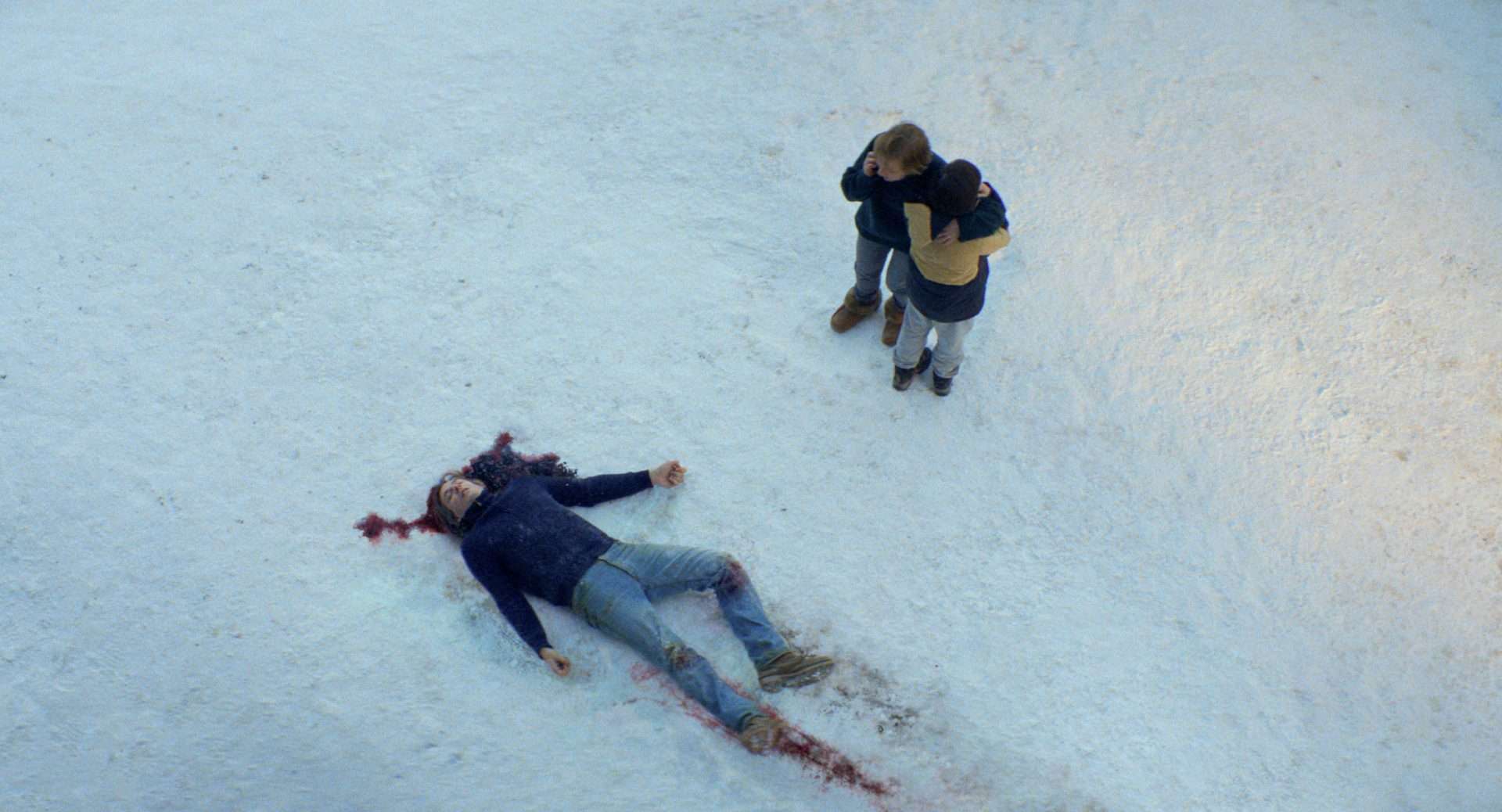

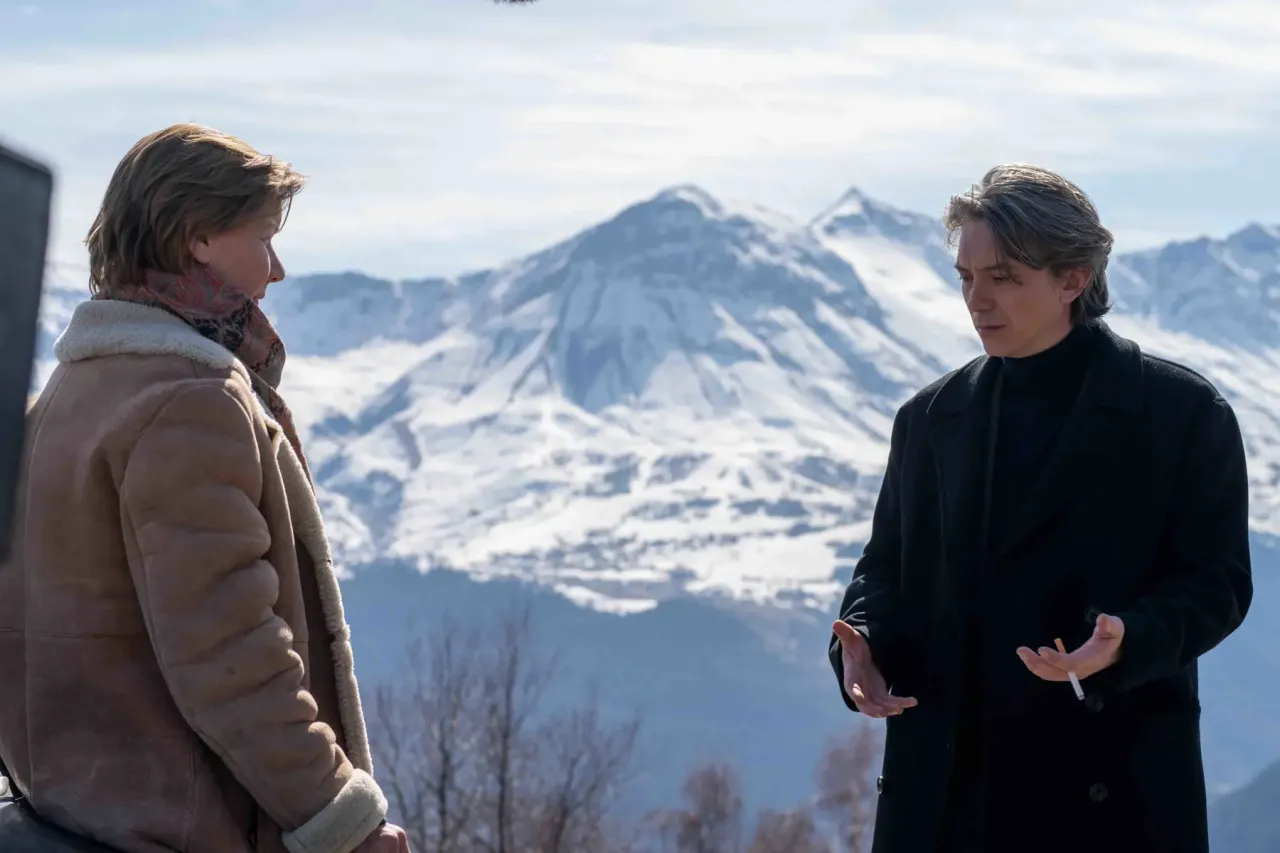

![Doubt [2008]: A Crisis of Faith Leads to a Dissection of the Nature of Certainty](https://79468c92.delivery.rocketcdn.me/wp-content/uploads/2022/03/Doubt-Essay-768x432.jpg)
